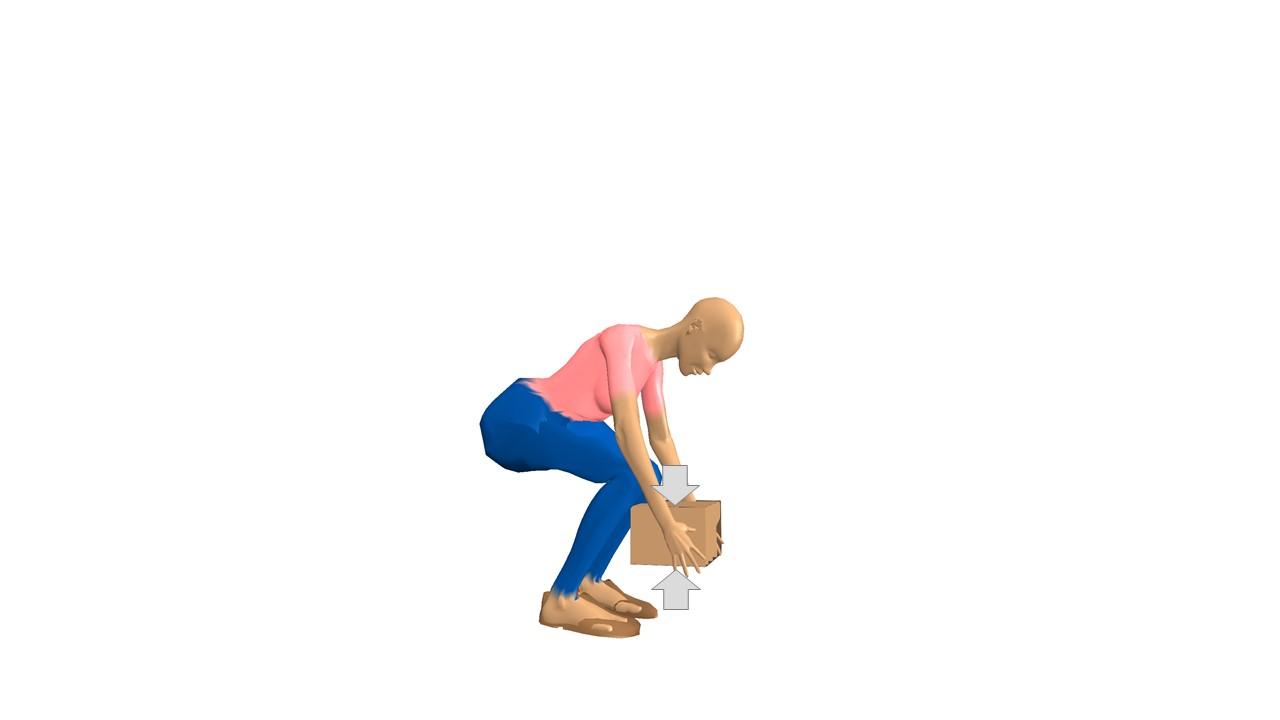Our office is moving soon (stay tuned for a new address), and so we’ve launched a buzz of box-stuffing. Moving is heavy work – every file, training prop, and piece of equipment has to be boxed, labeled and stacked. Furniture has to be disassembled. Someone has to load and unload a truck, and then we have to unpack at the other end. (And that is just the physical part- we still have hundreds of notifications to send!) Fortunately, we were able to hire students to accomplish the majority of the physical labour, but, as an ergonomist, I can’t turn a blind eye to their job demands inside our office.
How can we protect their/our backs during a move? Here are some tips – if you’re moving a student into new housing this fall, perhaps they’ll be helpful:
- Photograph your space before you move so you can re-assemble your space in your new location. This is especially helpful for electronics, but can also make organising your office easier.
- Take it slow. Pack a few boxes, then label, then stack. If you have lighter tasks to be done, such as wrapping dishes, or disassembling shelves, intersperse these lighter jobs with the lifting tasks.
- Optimize working height. Instead of placing a box on the floor and loading it there, use a chair or a cart to raise the box to a better height. Kneel, or perch on a stool, rather than stooping or squatting while you remove files from low drawers. When stacking boxes, keep the lightest ones for the highest levels.
- Limit box weight. Don’t use really big boxes unless you absolutely have to. A banker’s box full of files weighs about 11.5 kg (25 lbs) when full; this is a reasonable weight for most people to handle at reasonable heights and frequencies.
- Disassemble furniture to make it lighter, more packable and easier to manipulate through doorways. Label and tape the components to the furniture to make it easier to find and re-assemble at your destination.
- Use carts. Don’t carry loads any further than necessary! Use trolleys or hand carts. Use straps to secure loads on the carts, so they don’t fall off when you encounter a slope or curb. Carts may need practice for the uninitiated; a person can walk up or down a step on an angle, but a cart must cross even a small curb or step straight-on, to avoid tipping over. They also require a wider berth; you can’t fit through as narrow a curve with a cart as you could while carrying a box.
- Label boxes on the ends so you know what’s inside, when the boxes are stacked. This prevents you from lifting and restacking boxes when you have to look for that one item that shouldn’t have been packed up so early. Labelling also provides a clue regarding how heavy the load is, so the lifter can prepare appropriately. (Consider the difference in techniques used for the box labelled “calibration weights” vs. “bathroom tissue”.) Better yet, if you know the weight of the box, also put the weight on the outside of the box.
- If possible, hire movers for the “transportation” part. Professional movers have the appropriate equipment for traveling up and down stairs, and trucks with ramps. They are much more skilled at lifting than most of us. Professional movers use lifting straps to minimize back demands, and they are highly expert at team lifting. (In contrast to the comedic type of lifting that happens when my spouse and I try to lift and move something as simple as a mattress!)
- Use safe lifting techniques! Not sure how to lift using the preferred “butt out” technique? Invite us into your workplace to run a one-hour workshop for all of your co-workers. Who wouldn’t benefit from learning how to lift with the safest possible methods?


